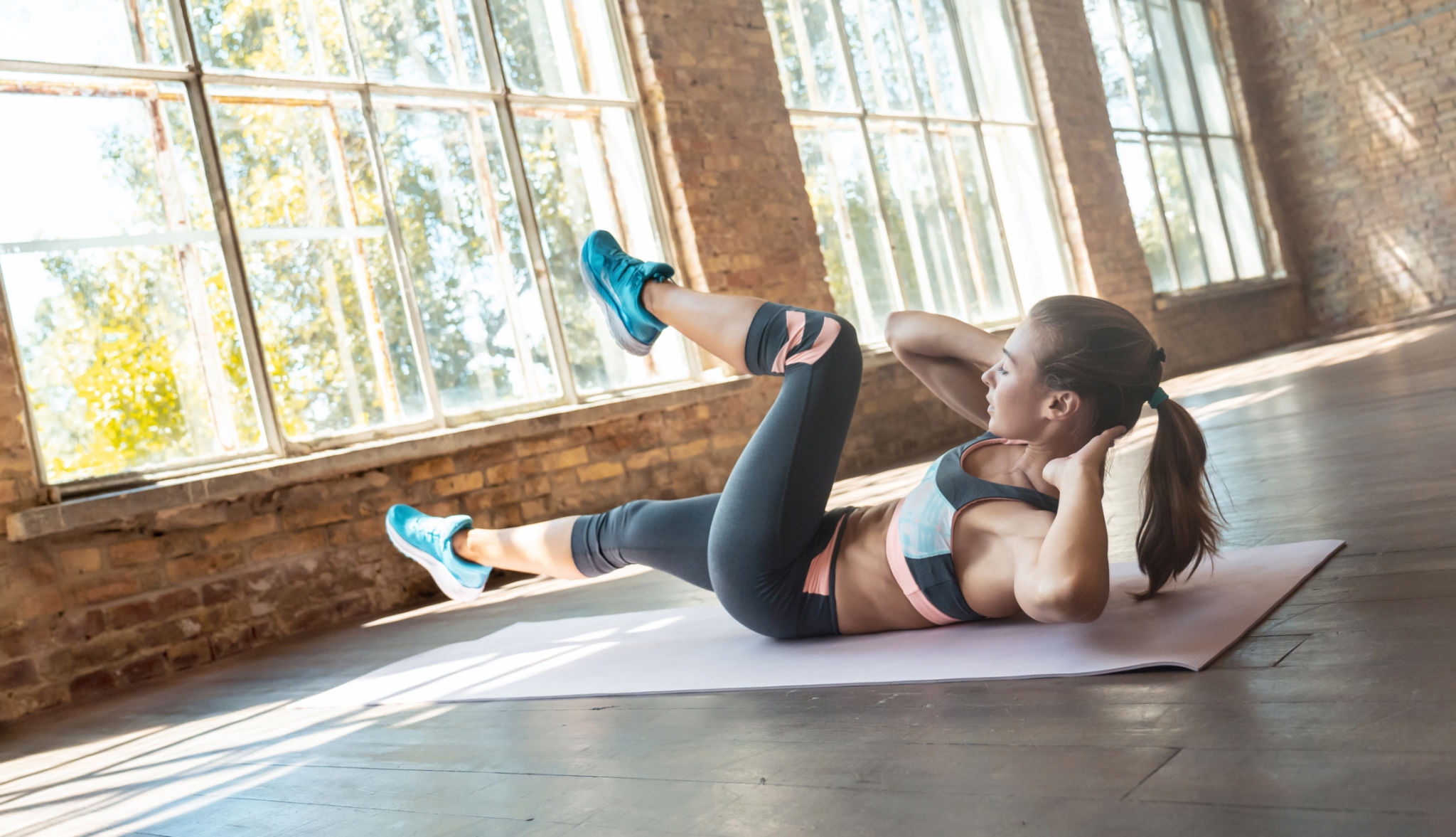Top Tips for Maintaining Flexibility with Pilates
Understanding the Importance of Flexibility
Flexibility is a key component of overall fitness and wellness. It enhances your range of motion, reduces the risk of injury, and can even improve your posture. One effective way to maintain and improve flexibility is through Pilates, a low-impact exercise system that focuses on strengthening muscles while improving postural alignment.
Pilates is renowned for its ability to build core strength and increase muscle flexibility. Whether you’re a beginner or an advanced practitioner, incorporating Pilates into your routine can bring about significant improvements in your flexibility levels.

Start with a Warm-Up
Before diving into a Pilates session, it’s crucial to start with a warm-up. Warming up prepares your muscles and joints for movement, reducing the risk of strains or sprains. Gentle stretches and low-intensity exercises can help increase blood flow and prepare your body for more intense movements.
Consider starting with exercises like shoulder rolls, gentle twists, or leg swings. These movements will help you transition smoothly into your Pilates routine, ensuring that your muscles are adequately prepared for the work ahead.
Focus on Core Engagement
One of the foundational principles of Pilates is core engagement. A strong core not only supports your spine but also aids in maintaining proper alignment during exercises. This alignment is crucial for maximizing flexibility.
Concentrate on engaging your abdominal muscles throughout your Pilates routine. By doing so, you'll not only enhance your flexibility but also improve your overall balance and stability.

Incorporate a Variety of Exercises
Diversifying your Pilates exercises can significantly impact your flexibility. Incorporate a mix of mat-based exercises and equipment-based routines if possible. This variety ensures that all muscle groups are targeted, promoting balanced flexibility.
Exercises such as the "Swan Dive," "Roll-Up," and "Leg Circles" are excellent for stretching and strengthening different parts of the body. Regularly rotating through various exercises will prevent plateaus and encourage continuous improvement.
Listen to Your Body
It’s important to listen to your body and not push beyond your limits. Flexibility improvements take time, and overexertion can lead to injury. Pay attention to what your body is telling you and adjust your intensity accordingly.

Consistency is Key
Consistency plays a vital role in maintaining flexibility with Pilates. Aim to practice regularly, whether it's a few times a week or daily sessions. The more consistent you are, the more noticeable the improvements in your flexibility will be over time.
Remember that even short sessions can be beneficial. If you're short on time, a quick 15-minute routine can still contribute to maintaining your flexibility goals.
Embrace Mindfulness
Pilates is not just about physical movement; it’s also about connecting mind and body. Practicing mindfulness during your sessions can enhance your awareness of how each exercise feels, allowing you to make adjustments for optimal flexibility gains.
Focus on your breathing and movement quality rather than speed or intensity. Being present in each movement can improve not only your flexibility but also your overall Pilates experience.
